When Prof Suzanne Simard realised the trees were talking to each other, it didn’t come as a huge surprise.
She started her career as a forester, working with trees planted in uniform rows, but the nature she knew didn’t come in rows. It was incredibly messy, complex and connected.
“If you walk in a wild forest, you can see that the plants are intertwined, they provide habitat for one another,” she explains. Nature, as Simard sees it, is a network: a mass of interacting components that rely on each other to function.
This was in the 1990s, and exciting new discoveries were emerging about underground associations between fungi and plant roots, termed mycorrhiza (literally ‘fungus-root’).
“At the time, lots of people in forestry were looking at how trees compete for light,” explains Simard, who is now a forest ecologist at the University of British Columbia.
“But I got more and more interested in what was going on below ground, because I figured out that was where the action was.”
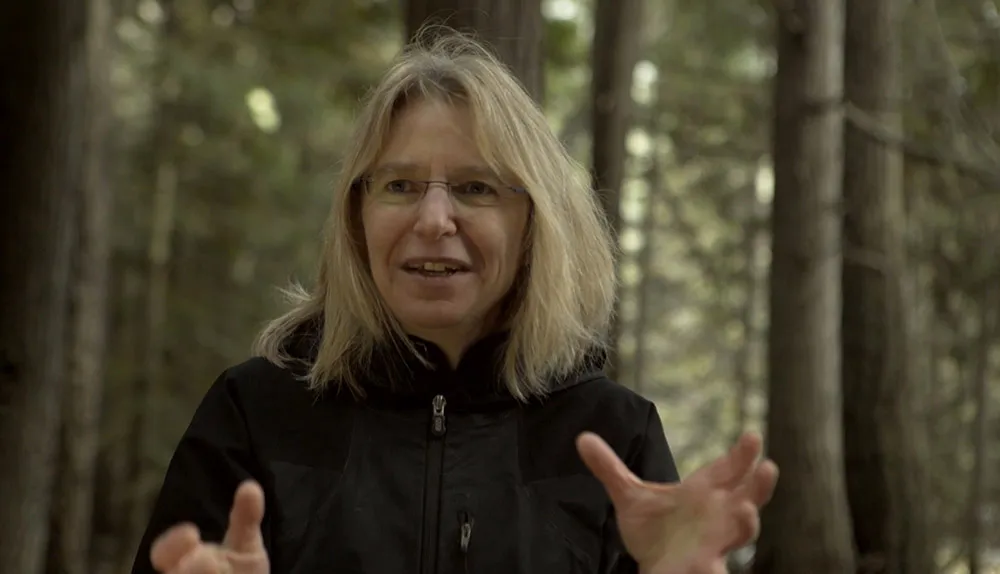
She was right. Beneath our feet, plants are engaged in a constant dialogue.
Stories of friendship, greed and betrayal are unfolding across a subterranean network, a microscopic version of the connections Simard could see in her beloved forests above ground. This network has come to be known as ‘the wood-wide web’.
Read more:
- Wild ideas in science: Mushrooms could save the world
- 5 complex natural networks found in nature
- 5 astonishing plant adaptations
Mycorrhiza are everywhere. Every step you take through a forest can cover hundreds of kilometres of densely packed fungal threads. These are the fibre optic cables of the wood-wide web.
The fungus forms mycorrhiza with plant roots, and through those connections pass substances that both organisms need to grow.
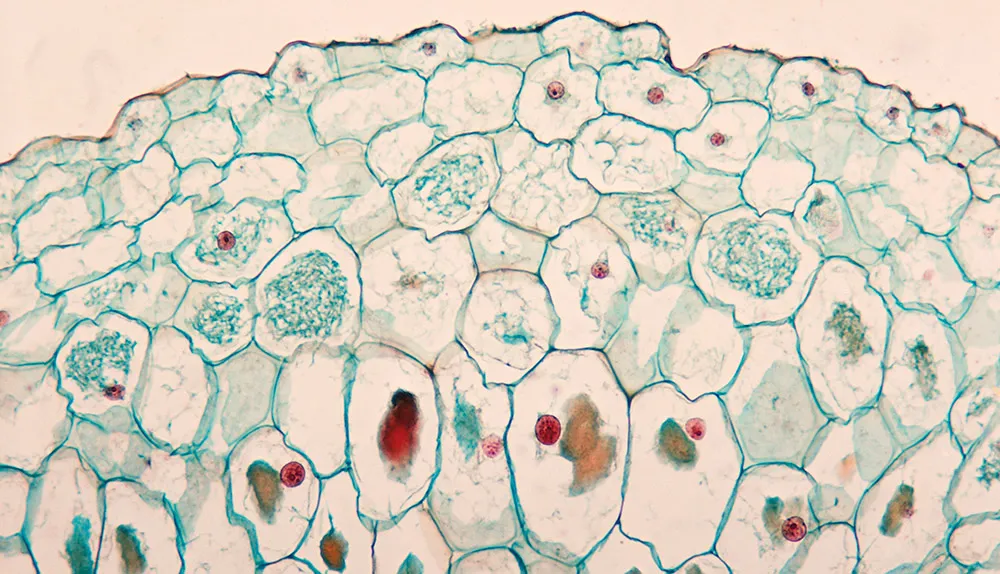
This relationship has been understood for decades as a straight-up exchange between plants and fungi: plants provide carbon-rich sugars made by photosynthesis, and in return they get nutrients, such as phosphorus and nitrogen, that the fungi scavenge from the soil.
The common mycorrhizal network
Yet there is another level of interaction; an exchange not only back and forth between the fungus and the plant, but also between neighbouring plants, using fungi as a thoroughfare.
As the fungal threads spread, they can link up to multiple plants, creating webs known as ‘common mycorrhizal networks’. Through these networks, plants can exchange sugars, nutrients, water and more.

“I call it ‘the language of the trees’,” says Simard, and apparently the trees have a lot to say for themselves. By encouraging plants that are connected by common mycorrhizal networks to suck up isotopes (isotopes are atoms of an element with different numbers of neutrons) of a resource like carbon, it’s possible to trace the resource’s progress from one plant to another.
From this research, a picture emerges of individuals sharing with those in need, of ‘mother’ trees sending carbon to seedlings, and of dying trees donating nutrients to their neighbours.
Some trees even show favouritism, doling out more resources to closely related plants. Donations of nutrients and water take place across a ‘source-sink’ gradient, whereby a plant that is rich in a particular resource will give its excess to those in need.
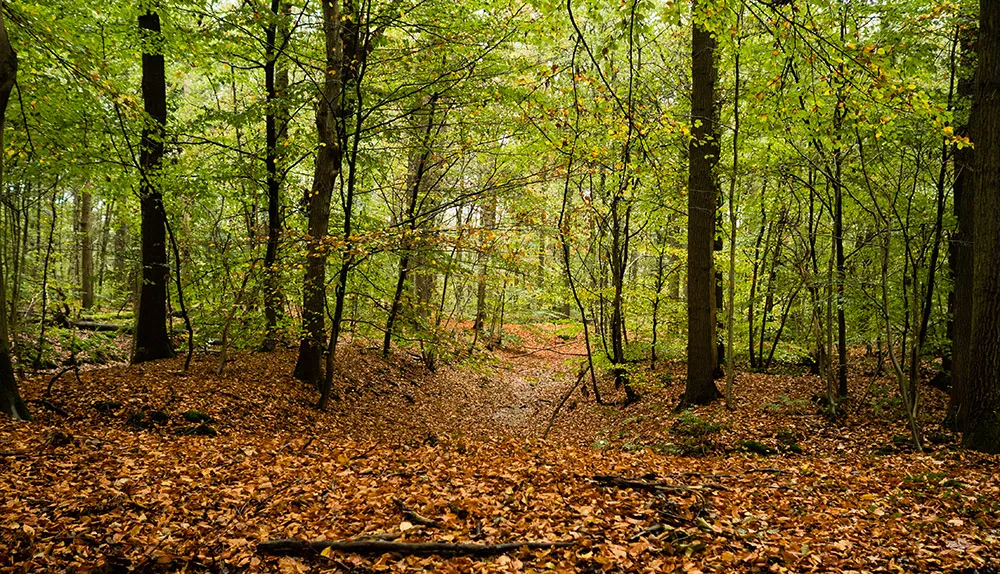
It appears that by staying connected, plants can provide mutual support and help shape the ecosystems they inhabit. With all their inhabitants linked up, forests look less like collections of individuals, and more like giant superorganisms.
The wood-wide web is not confined to woods, however. Mycorrhiza occur anywhere you find vegetation, from tropical rainforests to Arctic tundra, and they benefit the growth of the vast majority of land plants.
The networks they form are complex, often encompassing not just multiple plants but multiple species, and depending on the type of fungi involved, different materials can be exchanged. In the past few years, researchers have demonstrated that plants connected to the wood-wide web can exchange more than just nutrients.
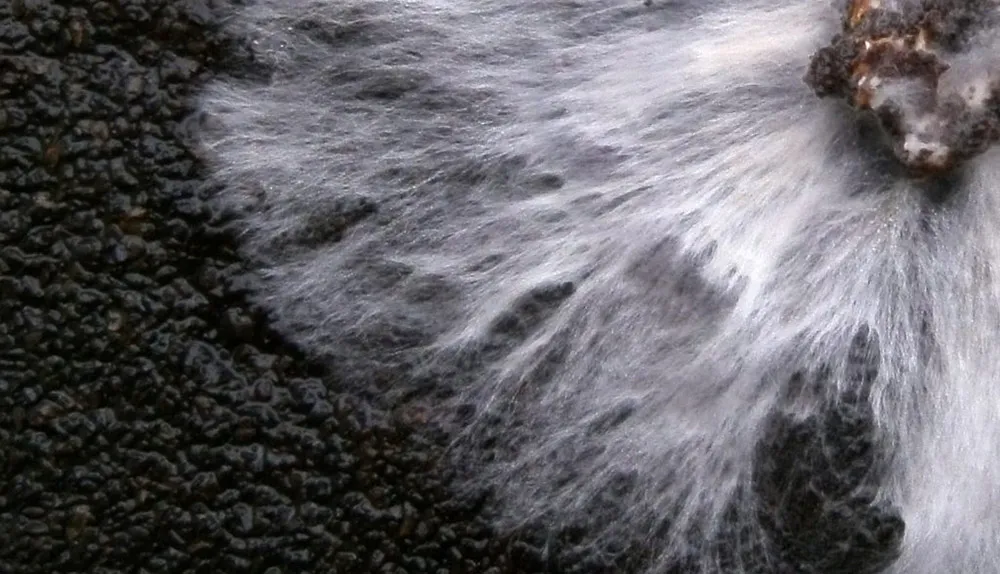
When broad bean plants come under attack by aphids, they release chemicals that not only repel their attackers, but also attract wasps that prey on the aphids. It’s an ingenious, two-pronged defence strategy.
Prof David Johnson, a microbial ecologist at the University of Manchester, wanted to find out if mycorrhizal networks could be used to send out advance warnings, letting plants know that an attack is on its way.
To do this, he introduced aphids to plants and watched how their neighbours reacted. “What we found was that plants have the same response when their neighbour is attacked,” he says, “but only when their root systems are connected by these common mycorrhizal fungal networks.”
This fungal communication is slow, more dial-up than broadband, but nevertheless it seems to be playing a role in relaying messages between plants about everything from hungry caterpillars to harmful pathogens.
Competition and cooperation
So far, so friendly. The idea of plants giving a helping hand, or branch, to their neighbour is nice, but evolutionary biologist Prof Toby Kiers of Vrije Universiteit Amsterdam thinks it’s unrealistic.
“We see harmony because we want to see harmony,” she explains. “It fits with our world view of nature as the ultimate nurturer. But look under the surface, and it is anything but harmonious.” After all, in any environment with limited resources, a neighbour is really just another name for a rival.
Work by Kiers and her colleagues suggests that when different species of plant are connected to the same fungal network, they will invest less in sustaining the fungi. To her, this makes perfect sense. If fungal networks are benefitting a plant’s rivals, why invest in them?
Like its online counterpart, the wood-wide web has a dark side.
For every birch donating carbon to its fir neighbours, there’s an orchid stealing carbon from nearby trees. For every plant that informs others of a disease outbreak, another sends out toxins to kill its rivals.
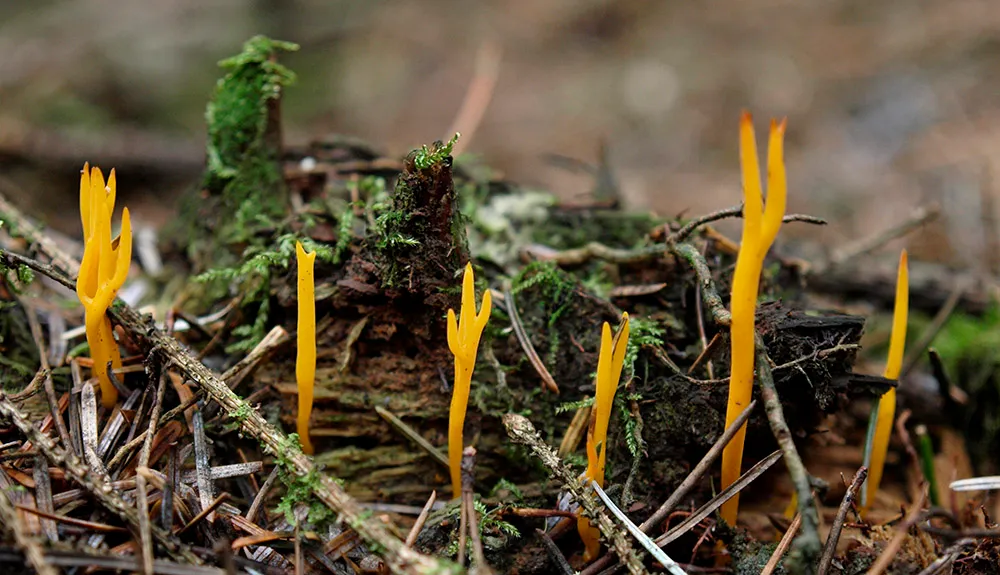
Competition, at least as much as cooperation, defines the wood-wide web. Even seemingly friendly exchanges might not be all they seem, however.
Dr Kathryn Morris at Xavier University in Ohio has spent years eavesdropping on both the ‘nasty and nice’ conversations that plants have via mycorrhizal networks.
“It’s tempting to think of the plants as helping other plants,” explains Morris, highlighting the particularly cuddly example of older trees ‘feeding’ seedlings with carbon. But rather than being fed, she says, you could just as easily view this as younger trees parasitising the network.
Conflicting and dependency
So what about the fungi? Although the relationship between plants and fungi appears to be mutual, here too we find individuals looking out for number one.
“At the basis of all cooperative relationships is conflict,” explains Kiers. “We all want to maximise the payoffs from the relationship. Plants and fungi are no different.”
In this case, the plants and the fungi want to extract the resources they need from their partners while giving as little in return as possible. While experiments have often treated fungi as mere pathways in mycorrhizal networks, they probably take far more of an active role.
“There’s good reason to think that they should be in some sort of control,” says Johnson.
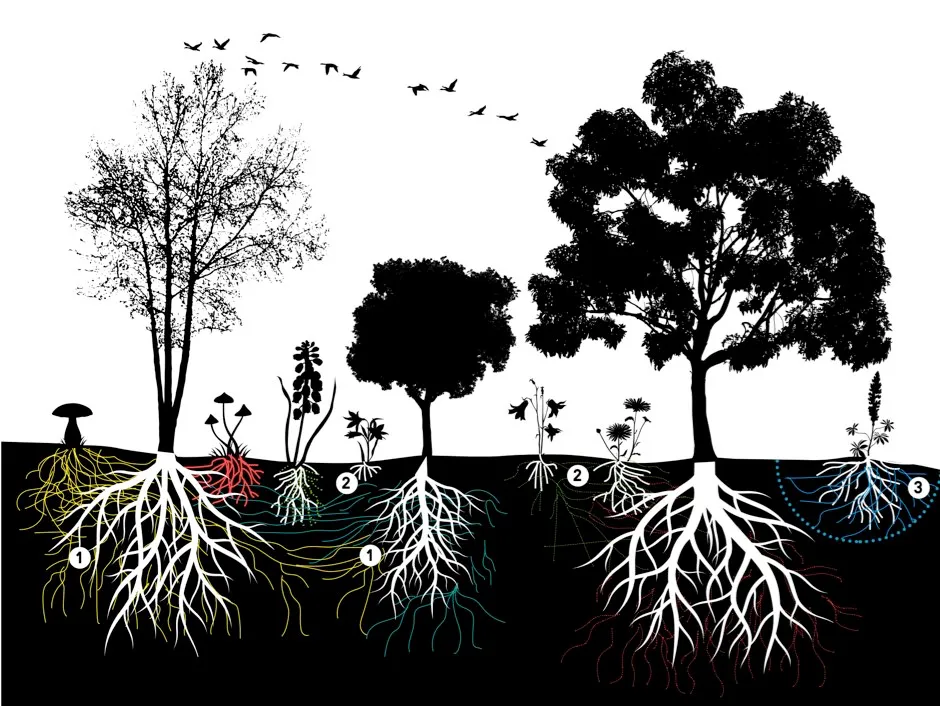
The very formation of the wood-wide web – fungi linking up with multiple plant hosts – may only occur because the fungi benefit from having a diverse set of partners from which to obtain carbon.
Fungi are generally at a disadvantage, because while plants could still extract nutrients from the soil without them, many mycorrhizal fungi are entirely dependent on the plants for survival.
To level the playing field, fungi in these networks could be restricting their plant host’s access to resources, creating what Kiers calls “an addiction of sorts”.
“If I restrict your direct access to food, you become more dependent on me to provide that food,” she explains.
At present, most investigations have been limited to establishing the movement of signals or resources from plant A to plant B. “A mycorrhizal network is incredibly complex, and the fact that we can even detect a signal going from one plant to another is amazing,” says Simard, who thinks there are many different mechanisms driving communication across these networks.
Morris, for example, has been exploring the idea that the transfer of signals is a passive process, with chemicals hitching a ride on water that was moving around anyway. For the most part, however, the mechanisms of transfer still remain unknown to us.
“There are a million pathways that can go in all kinds of directions, and so to think that it’s only one mechanism, or to think that the fungi themselves are not involved, is too simplistic,” explains Simard.
Complexity in abundance
Language, superorganisms, wood-wide web – discussion of mycorrhizal networks is certainly not short of metaphors, but none of them quite captures these networks’ complexity, with their subtle blend of cooperation and conflict.
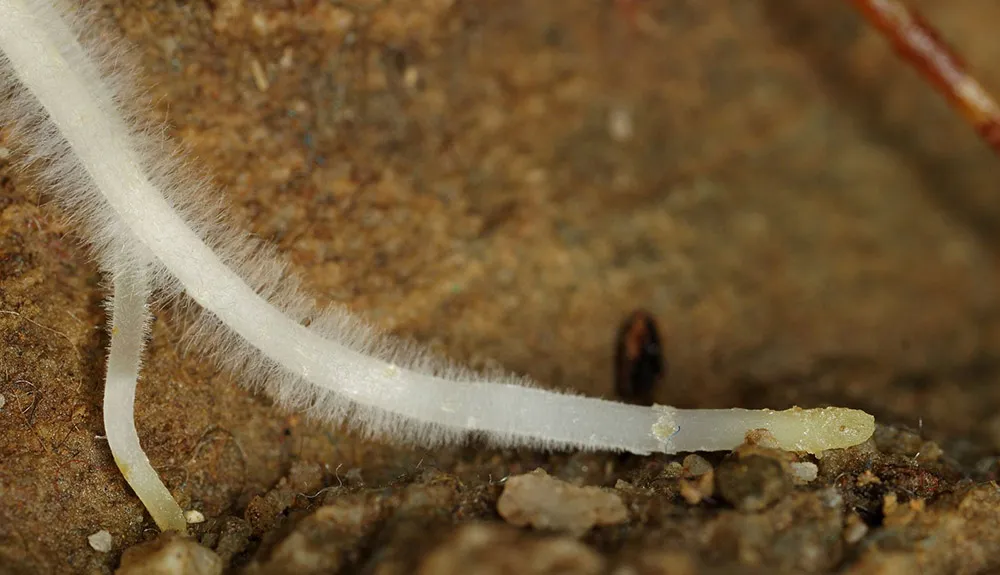
Perhaps the most effective description is the one preferred by Simard: “The work I’m doing is a huge metaphor for how we relate with each other, and our own social systems,” she says.
“We have journalists, scientists, teachers, doctors, and all together we have a society. And if you take out all the teachers that system doesn’t work any more.”
For an ecosystem to remain functional, it requires every one of its components to be in place.
Read more:
- What is slime mould?
- Psychedelic compound found in magic mushrooms may help with anxiety and depression in cancer patients
- Mushrooms unlock energy-producing potential ofcyanobacteria
- When trees grow, where does the matter come from?
So are these societies socialist utopias, with resources equally distributed among all the stakeholders, or are mycorrhizal networks controlled by capitalist plants seeking to exploit their connections for profit?
Well, maybe they are a little bit of both.
Just like human society, this plant society is characterised by variety, with its capacity to help and to hinder, to cooperate and to exploit. Just as Simard suspected, nature is built on connections, and so are we.
- This article first appeared in issue 308 of BBC Focus.